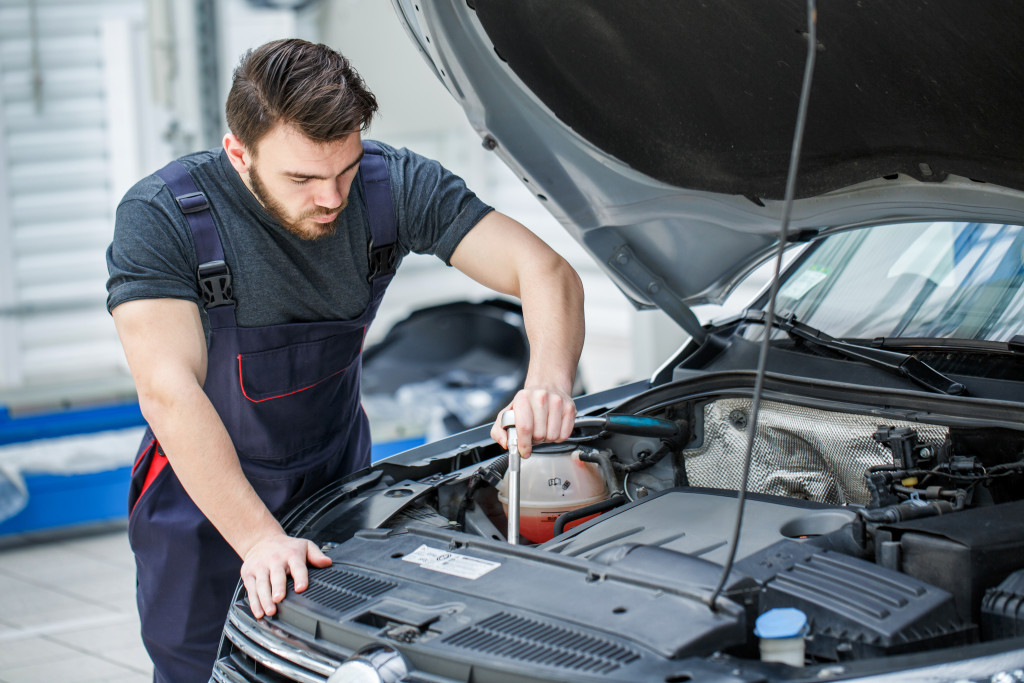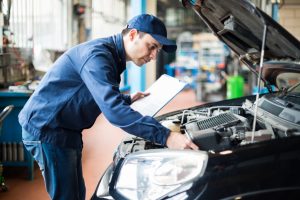Anyone who’s ever ridden in a car has probably wondered how it works. Car engines are complex pieces of machinery, and a lot goes into making them run smoothly. In this article, we’ll take a look at the basics of how car engines work: what components make them up, how they produce power, and how to maintain them. We’ll also discuss some of the most common problems that can occur with car engines and offer tips for fixing them.

Why you need to know your engine:
As a new car owner, it’s important to understand how your engine works. This will help you diagnose and fix problems when they occur. If you’re not familiar with how your engine works, you may end up taking your car to a mechanic for every little issue. You can save yourself time and money in the long run by understanding the basics of how your engine functions.
The main components of a car engine:
Cylinder block:
The cylinder block is the main component of a car engine. It houses pistons and cylinders, and it’s responsible for producing the power that drives the car. The cylinder block is made up of several parts, including the crankcase, cylinders, and head.
The crankcase is the bottom part of the cylinder block. It holds the oil and bearings that help keep the engine running smoothly. The cylinders are the tubes that house the pistons, and the head sits on top of the cylinders and contains the valves.
Pistons and connecting rods:
The pistons are part of the cylinder block, and they create the power that drives the car. Think of pistons like mini-explosions inside your engine. They go up and down (or more technically, reciprocate) inside cylinders to produce the power that turns the crankshaft. The pistons are connected to the crankshaft by the connecting rods, which transmit the power from the pistons to the drive axle.
Camshafts and valves:
The camshaft, also known as the cam chain, cambelt, or timing belt, is another important part of the engine. It’s connected to the crankshaft, and it controls how the valves open and close in your cylinders. When a piston goes down inside a cylinder, this forces one end of the camshaft up. The camshaft then forces a lifter to push down on a pushrod is a metal rod that sits above each cylinder in your engine block. Inside of it is a series of lobes. As the pushrods descend, they open valves that let fuel and air into the cylinder at the top of the stroke. They also close a valve that lets exhaust out of the cylinder as it descends on its power stroke.
How to maintain your car engine:
Maintaining your car engine is essential for keeping it running smoothly. There are a few basic things you can do to keep your engine in good condition:
Change the oil and filter regularly:
One of the most important things you can do to maintain your car engine is regularly changing the oil and filter. Dirty oil can cause all sorts of problems with your engine, so it’s important to keep it clean. Most mechanics suggest changing the oil and filter every 5,000 miles or every six months, whichever comes first.
Keep your engine cool:
Your car engine runs hot, and if it gets too hot, it can cause all sorts of problems. One of the best ways to keep your engine cool (and to keep it running smoothly) is to make sure it’s well-ventilated. NEVER park your car in an enclosed space like a parking garage, even if you’re only leaving it there for a few minutes.
Keep the air filter clean:
Another important thing you can do to maintain your car engine is to keep the air filter clean. A clogged air filter can cause your car’s engine to work harder and burn more fuel than necessary. To check your air filter, pop off the glove compartment in front of you and look inside your air box.
Understand why repairs are needed:
In general, it’s a good idea to understand what a mechanic is going to do before they do it. If you know why a repair is needed, it may save you some money and time. For example, knowing what a camshaft is (and the various other names it is known as) will allow you to understand if your mechanic tells you that you need a cambelt replacement.
Conclusion:
In this article, we’ve looked at the basics of how car engines work: what components make them up, how they produce power, and how to maintain them. All car owners need to have a good understanding of how their car engine works. If you know what to do and how to look for problems, it enables you to keep your car engine in good condition and avoid having to tow it into the shop all the time.











